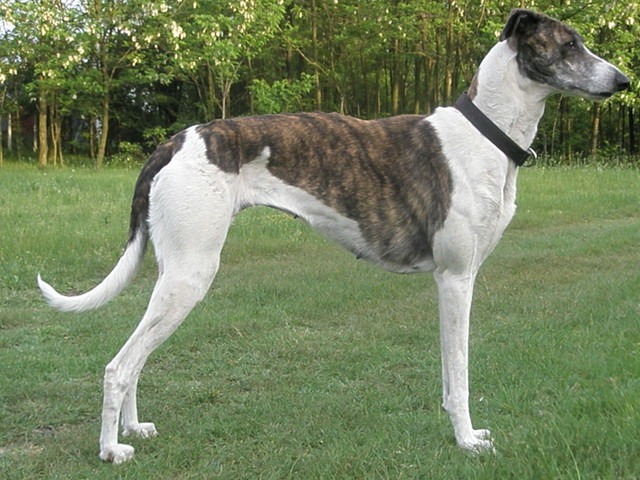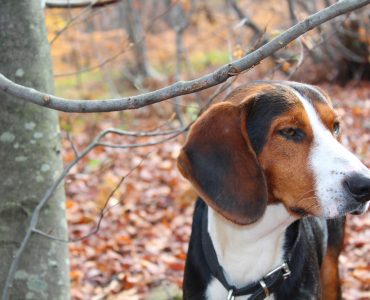This dog originates from Hungary and HYPERLINK “http://en.wikipedia.org/wiki/Transylvania” o “Transylvania”Transylvania (Romania). Although its alternative name is the Hungarian Greyhound, this description is incorrect. It is not a Greyhound but a sighthound breed although there may be Greyhound genes in the modern bloodline. The dog is used for hunting, coursing, and as a companion.
The Magyar derives its name from the Magyar people who brought it to Hungary in the 10th century. The earliest evidence for the dog was found in the HYPERLINK “http://en.wikipedia.org/wiki/Carpathian_Mountains” o “Carpathian Mountains”Carpathian Mountains. From here, the dog spread to the rest of Hungary and Romania.
The dog was bred for hunting hare or deer over long distances in mixed country. Although mainly owned by nobility, smaller dogs were also bred by peasant farmers to catch hare and rabbit for the “pot.” These dogs, called Farm Agars or Hare Catchers, were restricted to a small area and are now extinct. The Magyar Agar remained little changed until the 19th century when other breeds, such as Greyhounds, were introduced to the area, diluting the gene stock.
The Magyar stands 65-70cm (26-28 inches) at the shoulder. The skin is thick with a short, dense coat, which lengthens in the winter months. It may be any colour except bicolour, tricolour, or blue.

Magyars are a more substantial, less refined breed than the Greyhound, being shorter in the leg, heavier boned, and more solidly muscular. The hound-like attributes are particularly seen in the head, which is wider, shorter, and stronger jawed than the Greyhound.













